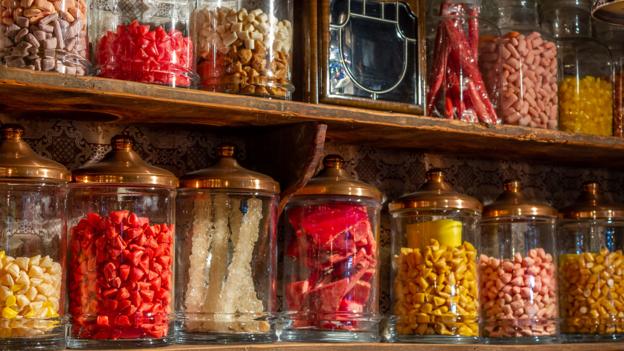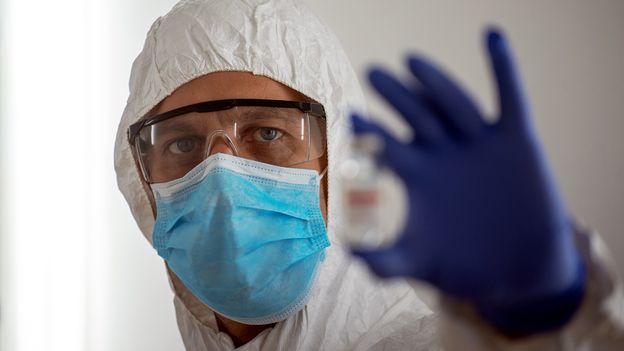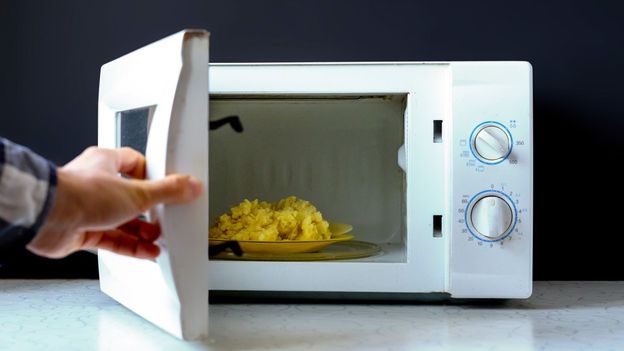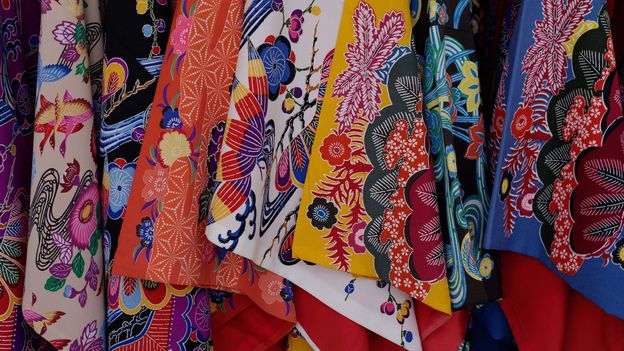However, if you did decide to seek out something edible here, you would need to choose your seeds carefully. Apple, apricot, cherry, peach and plum seeds, for example, are coated in amygdalin which when digested releases cyanide. Although, an adult man would need to eat 75 apricot kernels to receive a lethal dose, which is unlikely to happen under normal circumstances.
Foods of the future
Rather than take the risk, you might be better turning to foods that have been specifically produced in a laboratory for their durability. Technology is helping to give us foods whose shelf lives could put our ancestors’ best efforts to shame.
Sulu suggests that food designed for space travel could be a good bet. Designed to be lightweight and stay safe for a long time in fluctuating temperatures, space food is dehydrated and vacuum sealed. Similarly, general purpose army rations, known as Meals, Ready to Eat (MRE) in the US, are good for three years at 80F (27C), according to US military guidelines. They are also designed to withstand a whole gamut of conditions that commercial food is not – like being airdropped from a plane.
“Commercial products are not formulated to meet extended shelf life requirements,” says Julie Smith, a food technologist at the US Army Combat Capabilities Development Command Soldier Center, Natick, Massachusetts. “The mission of the commercial industry is to sell products quickly.” Whereas the Defense Logistics Agency report they currently have five million MREs in storage ready to go. That is food just sitting, waiting for the right time to be eaten.
“Other food replacements would still be edible, like Huel, and everything that is derivative of that,” adds Sulu.
Huel, a company who offers a nutritionally complete diet in powder form, uses freeze drying and milling to create powders with no moisture in them. They can be certain that their products have very long shelf lives because of the amount of processing the powders go through to make them shelf-stable.
“The control comes from how we package with moisture, light and oxygen barriers,” says Rebecca Williams, a nutritionist at Huel. “We screen everything to make sure it is hygienic. The packaging has to be sterile as well, so we use steam or acid to remove microbes that are on the packaging.”
Walking into a supermarket that has been abandoned for several years should present a few interesting options. If you know where to look, there would probably be a lot of food that is still safe to eat.
“I would still expect it to be dessicated foods,” says Thomas. “Though, all the hobnobs might be gone.”
—
William Park is @williamhpark on Twitter.
Join one million Future fans by liking us on Facebook, or follow us on Twitter or Instagram.
If you liked this story, sign up for the weekly bbc.com features newsletter, called “The Essential List”. A handpicked selection of stories from BBC Future, Culture, Capital, and Travel, delivered to your inbox every Friday.












